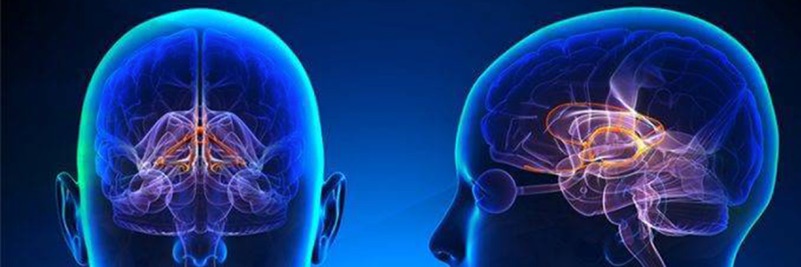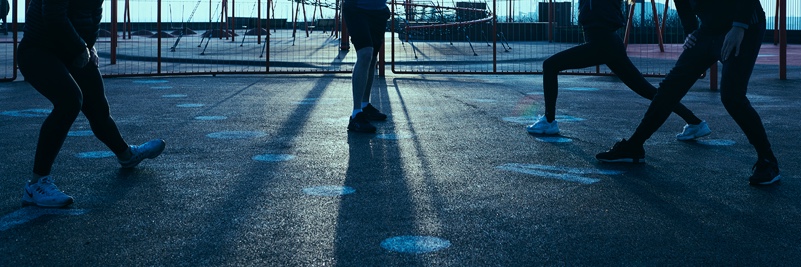Knowing how to read body language is incredibly useful. Our emotions and intentions are expressed through the body, and they are very hard to fake. This means that body language signals are highly reliable and full of useful information. Body language can give you information about what the other person is thinking, feeling or intend to do. This knowledge can improve all your interactions — whether at work, with family members, with romantic partners or with anybody else.
Essentially, all people want to feel comfortable. You have the power to influence how other people feel, and to use that influence to create win-win situations. Being an expert at body language is really about improving one’s social skills and social awareness. To be able to detect other people’s wants and needs and respond in an appropriate way. To notice problems before they get out of hand; to see who people like and who they dislike. It even helps on dates and in intimate situations, when you want to get a feel for what another person enjoys as well as their level of comfort.
Body language behaviors and gestures are specific to different cultures, however some behaviors may be seen across different cultures. Whatever your culture, however, we all rely on our bodies and faces to do the “talking”. Body language behaviors are deeply rooted in our brains and the way we interact with others. They help us survive. That’s why they are so instinctive: We can’t help but freeze when something scares us, turn away from things we dislike, or smile when we feel delight.
Body language is the only language that everybody speaks. It is part of our nature as human beings. Once you learn this language, you will see it everywhere. It doesn’t matter whether it’s a 3-year old girl from Sweden or a 93 year old man from Japan. Everyone — no matter their age or culture — speaks to you in this language, whether they know it or not.
There’s a reason why body language is reliable. A part of our brain, called the limbic system, has the ability to override or hijack the rest of the brain and control our movements to prioritize our survival. Imagine one of your ancestors meeting a hyena: If he had to rationally analyze how to survive, whether the hyena was a friendly lion and so on, he’d most likely die. The brain has a survival mechanism that compels us to act immediately — by freezing, fleeing or fighting. It has to override our rational, conscious awareness, and command us to act.
Even things that do not directly threaten our survival may still be a threat to our well-being. For example, if a stranger approaches us and we do not know his intentions, our limbic system will perceive them as a potential threat, and therefore potentially try and create some distance from them or be ready to react in some way. For example, we may turn our feet away from him so we are prepared to run or take a more steady stance, ready for action.
For these reasons, most of our body language displays are quite sincere. With conscious effort we can try to suppress some of them, but overall, the body leaks out information about its priorities.













